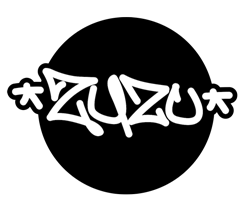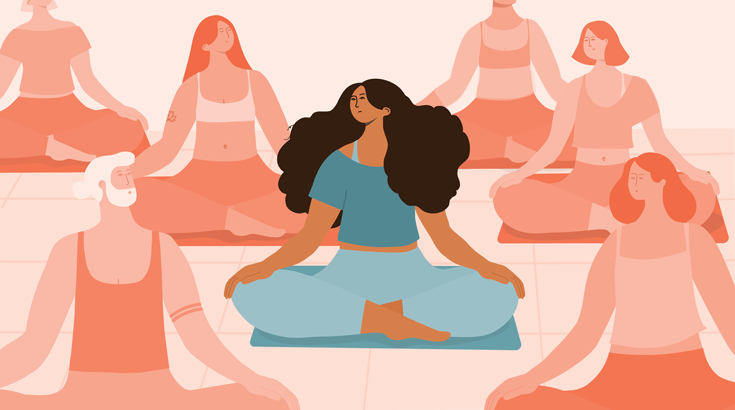As Jonathan Lockwood Huie says, “I breathe in my courage. I exhale my fear.”
Yoga teaches us sukha and shire, the balance between strength and ease, power and surrender. Pranayama (breath work) helps us to achieve this balance and helps one maintain focus throughout practice and either bring soothing energy or uplifting energy. Lion’s Breath increases prana (life force energy) and stretches the muscles in your face, neck, and throat. It may feel silly at first, but stick with it and awaken your inner lion spirit.
Lion’s Breath — Simha Pranayama
Pronounced: sim-HAH prah-nah-YAH-mah
Type of Yoga Practiced In: Lion’s Breath can be practiced in all styles of yoga.
Benefits: Lion’s Breath not only stretches the muscles in your face, but it also relieves tension and tightness while improving circulation. It’s an energetic and awakening breath that will also help to ease the mind. Lion’s Breath opens the throat chakra and helps to boost confidence. Like Ujjayi Pranayama, it’s a warming breath that will increase your internal temperature and better prepare you for yoga asana. Let your Lion’s Breath roar!
Get Started:
Sit in a comfortable seat and close the eyes for a few slow deep breaths. Many people like to practice Lions Breath sitting on their heels, with knees together and spine tall and straight. Hands can rest on thighs. Take a few moments to deepen the breath and find an even length inhalation and exhalation.
Bring your awareness to the third eye point as you breathe. Begin to deepen the breath as you relax the shoulders down the back.
Take a deep inhale through the nose and open your mouth as you exhale. Stick your tongue out and stretch the muscles in your face as you exhale making the sound “haaaaah.” Your mouth should be as open as possible. This is Lion’s Breath!!
Practice this for three to four rounds and then bring the tongue back into the mouth and relax your face and throat. Take a few deep breaths here.
Length of Practice: Lion’s Breath is a great way to start the day or begin your yoga practice, and it’s also a good breath to sprinkle throughout your practice and day. Try doing Lion’s Breath for a few rounds at first. Work your way up to 10 rounds.
Speed of Practice: The length of inhalations and exhalations should be even in length and speed. The speed depends on the depth of your breath. The practitioner determines the speed. The deeper the breath, the better.
Recommended Asana: Try Lion’s Breath seated with legs crossed, lotus pose, or sitting on the heels. You can always incorporate Lion’s Breath into your yoga asana. You may also want to try this breath during cat/cow pose, or during class when you need a boost of internal heat and energy. Also, practice this pranayama throughout your day when you’re feeling slow or sluggish.
Fun Fact: It is said that Lion’s Breath will help with bad breath.

